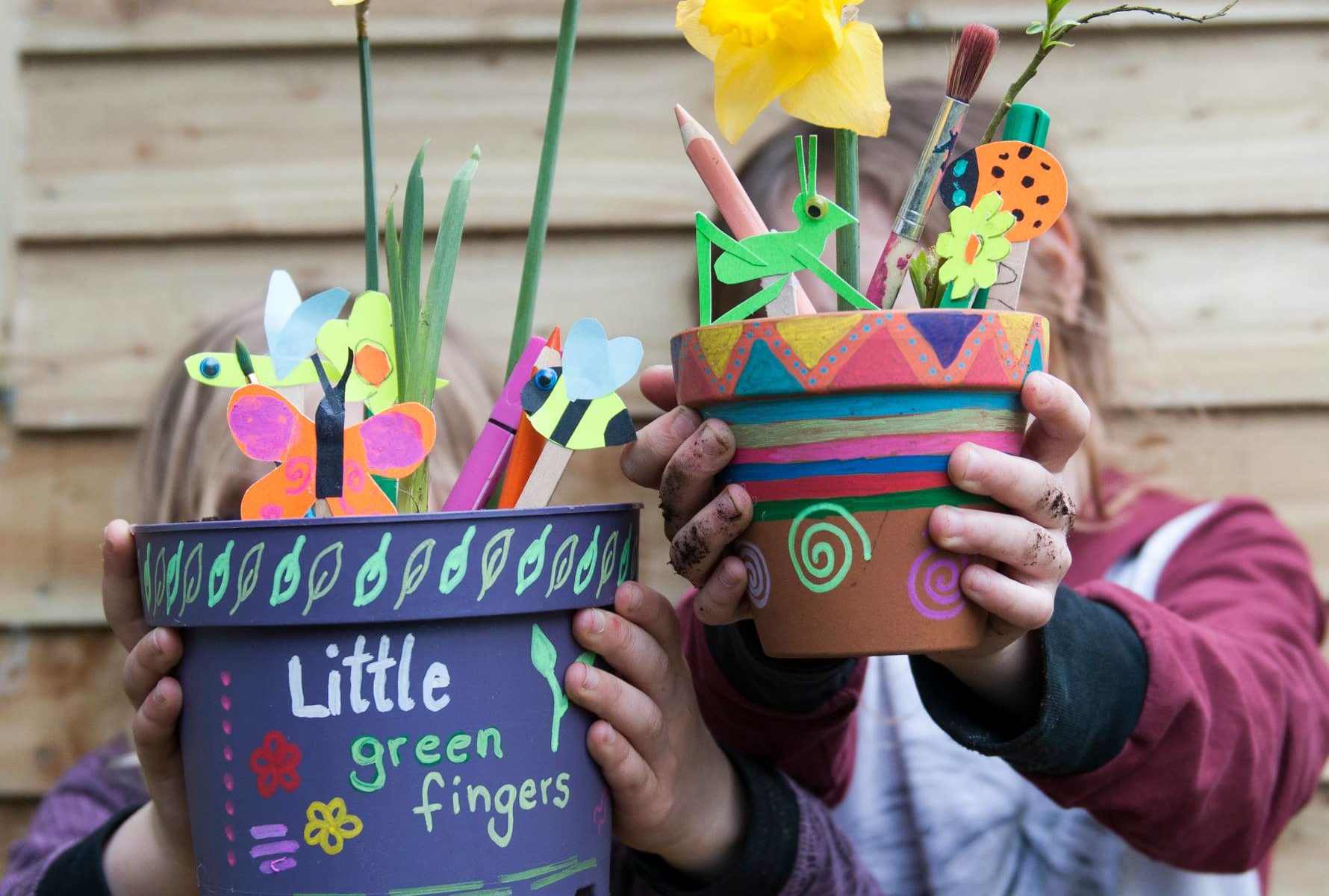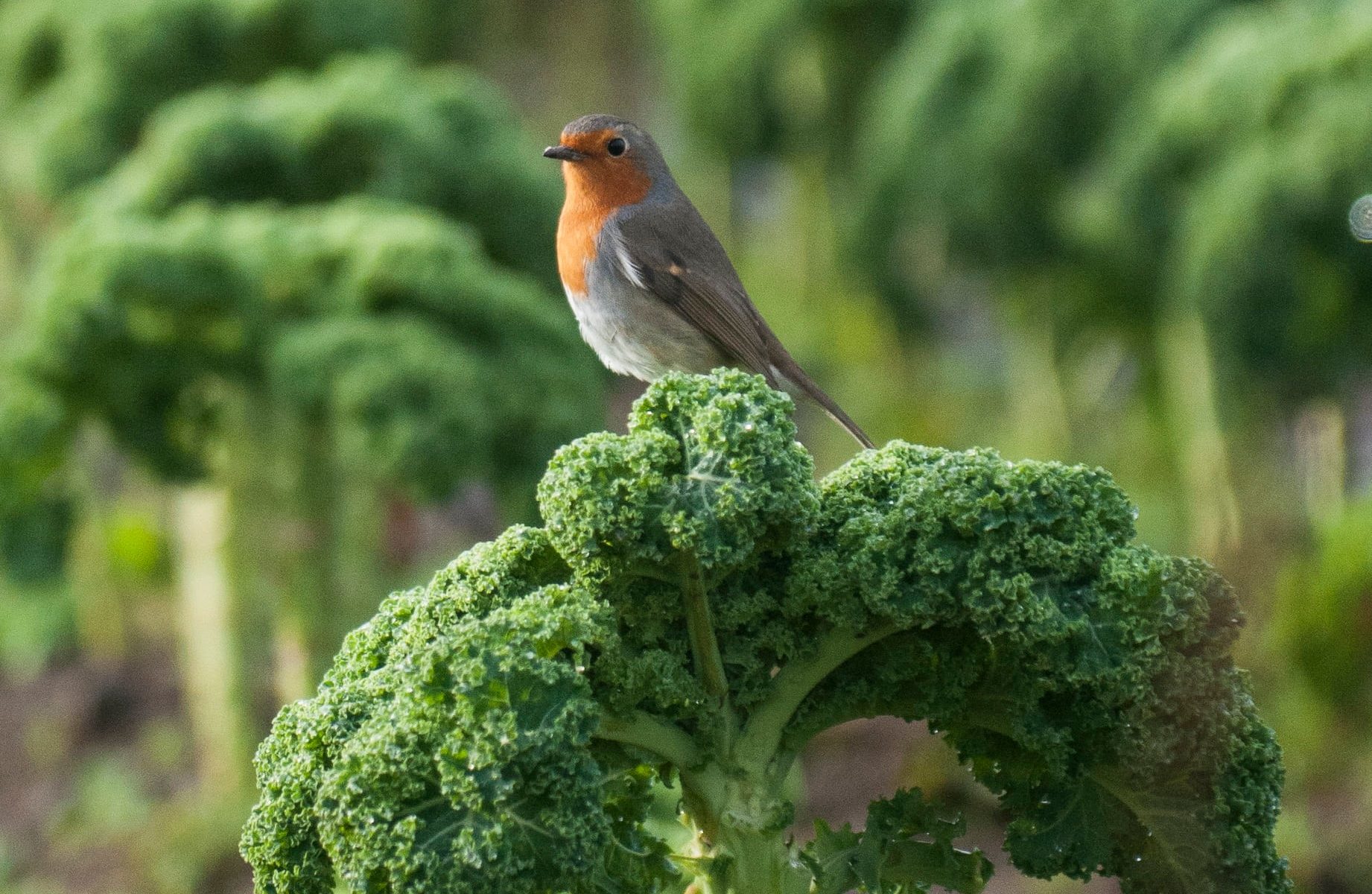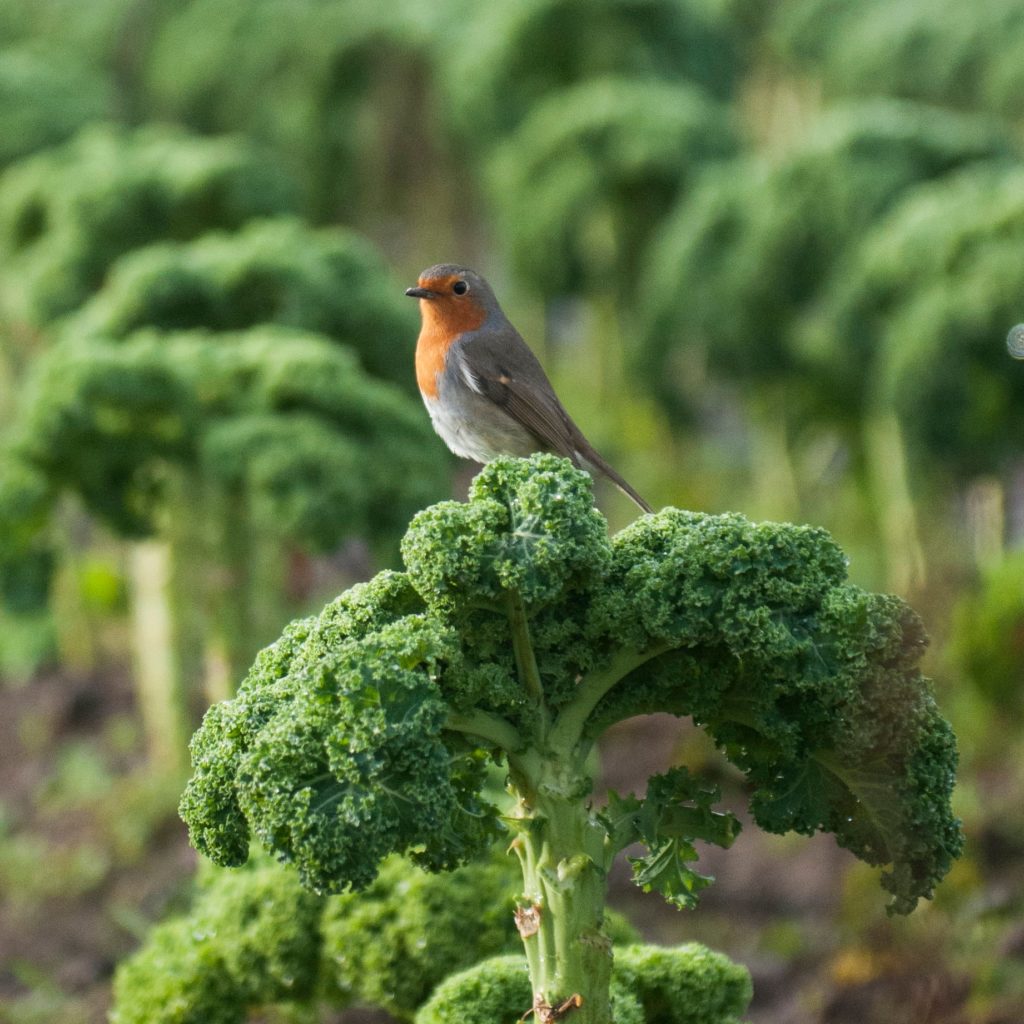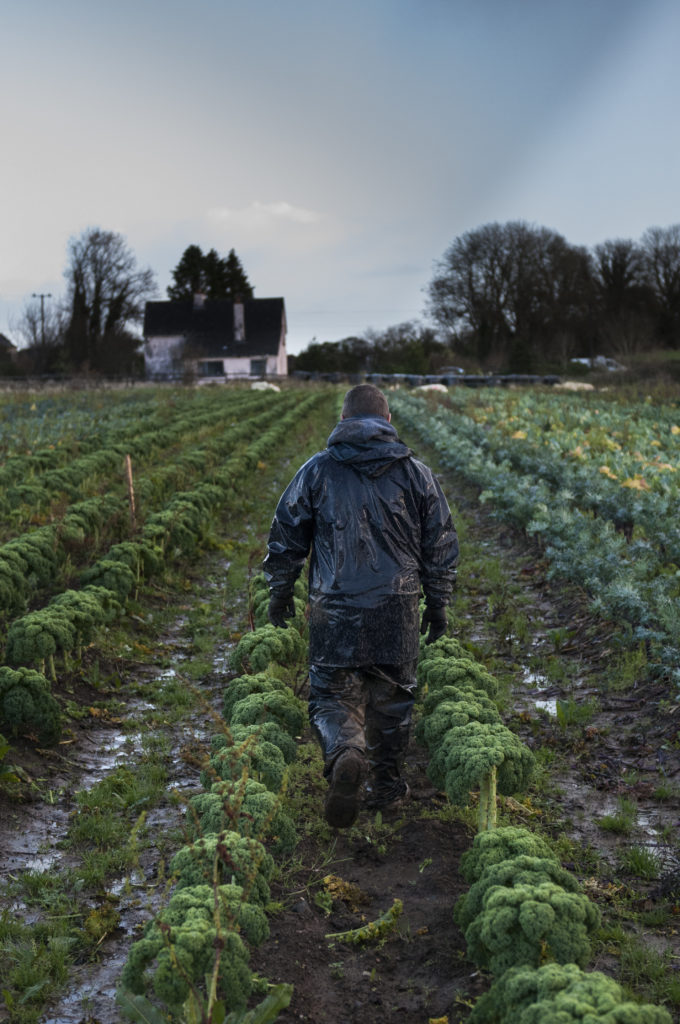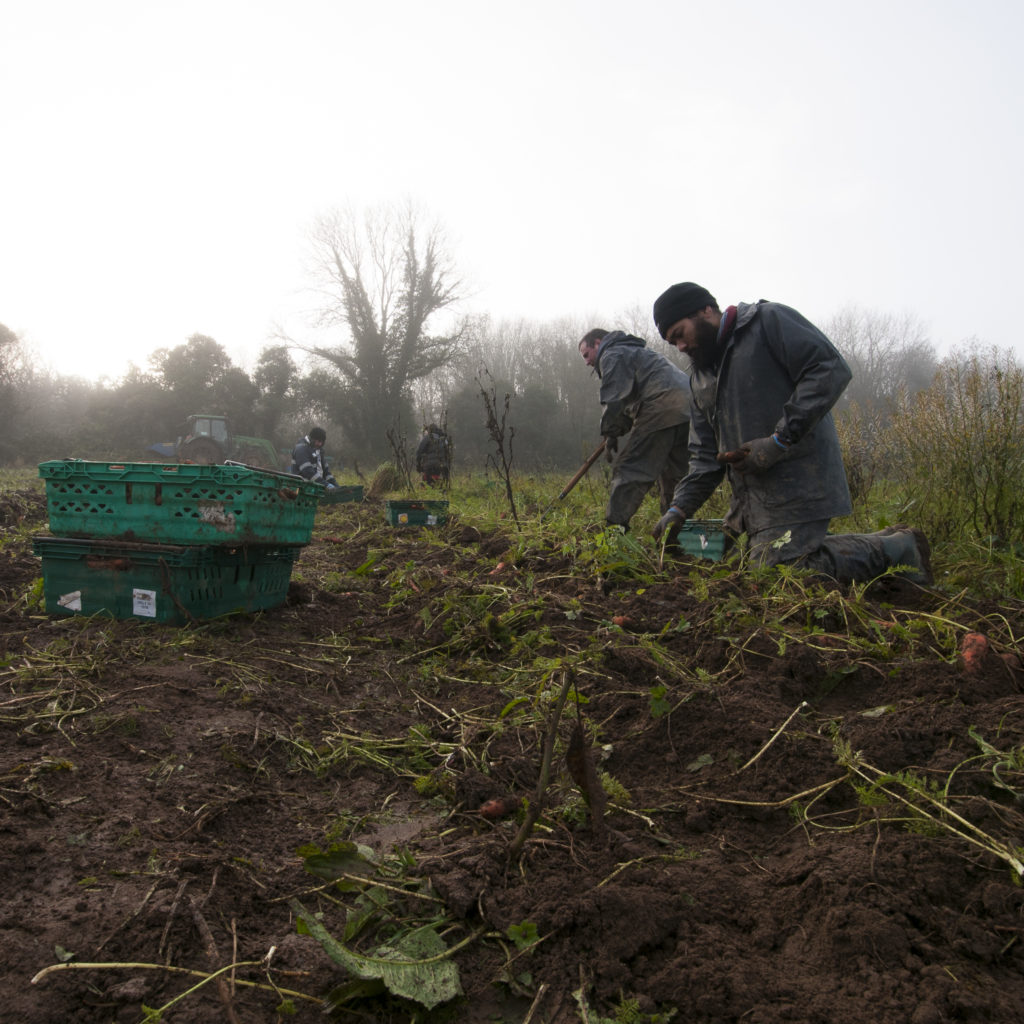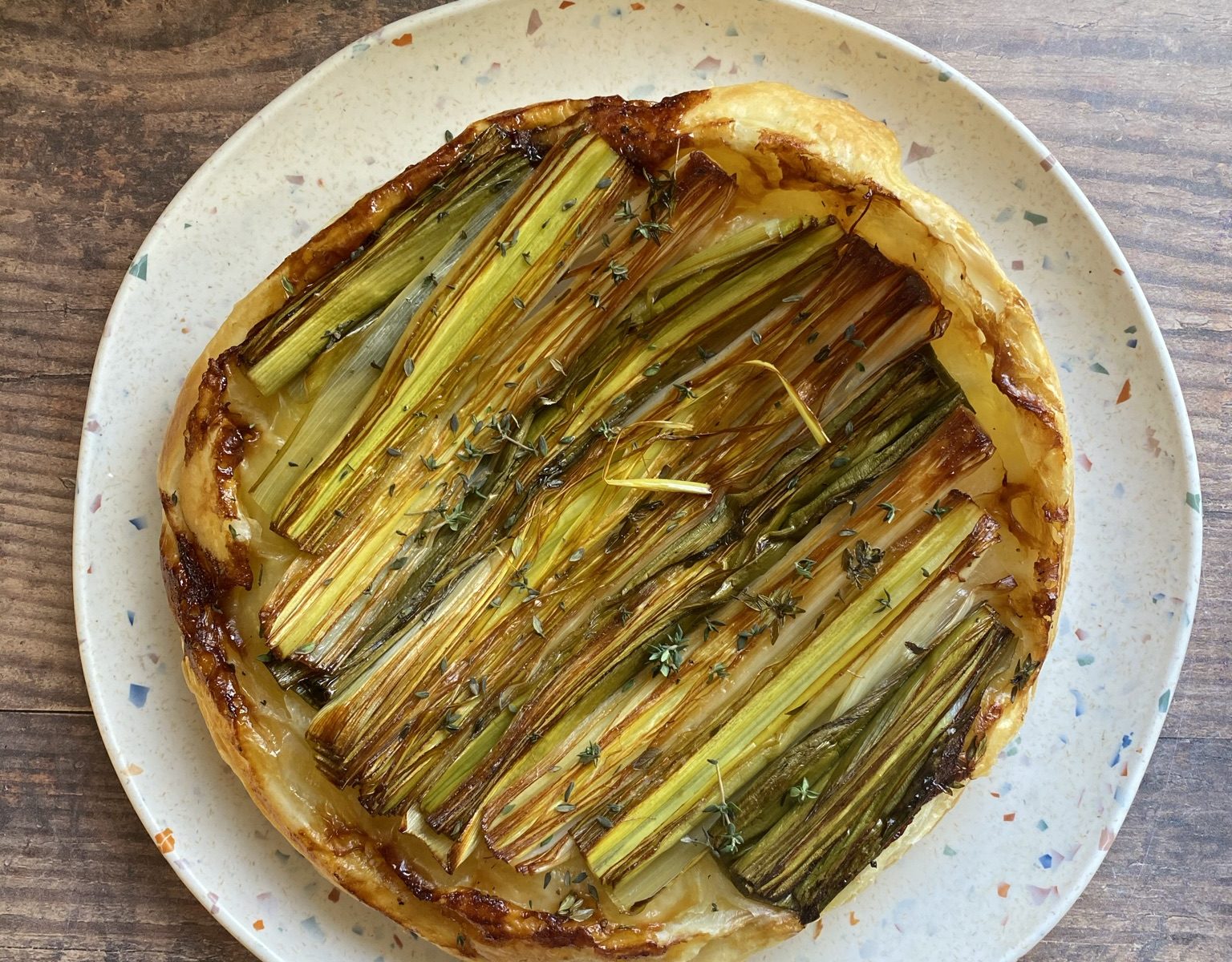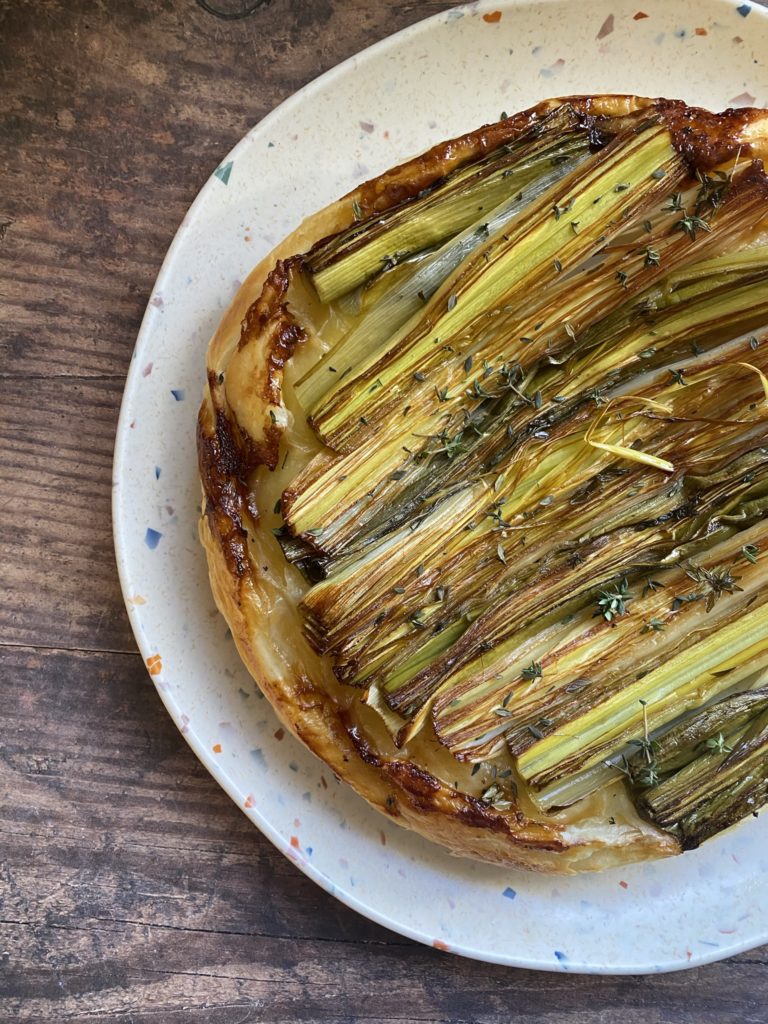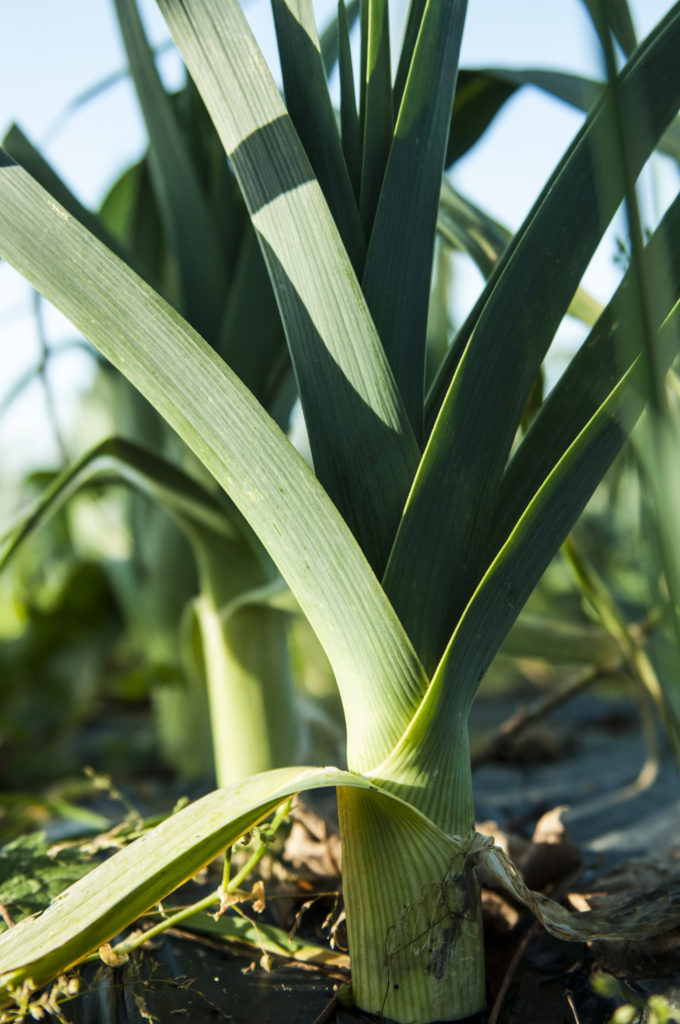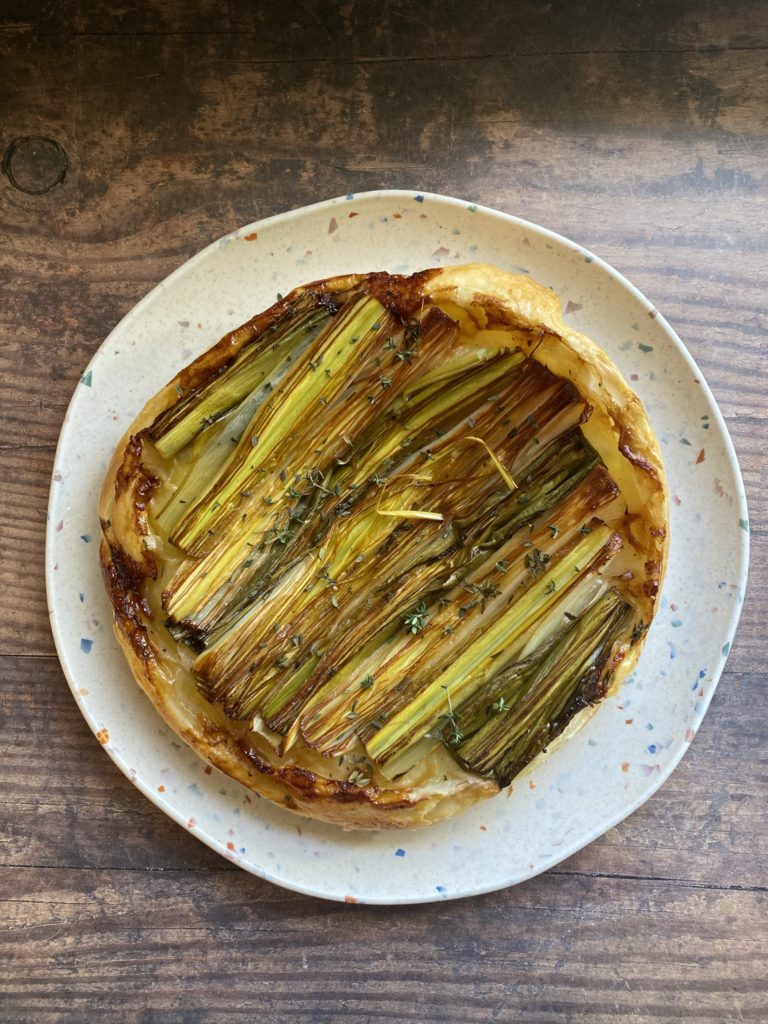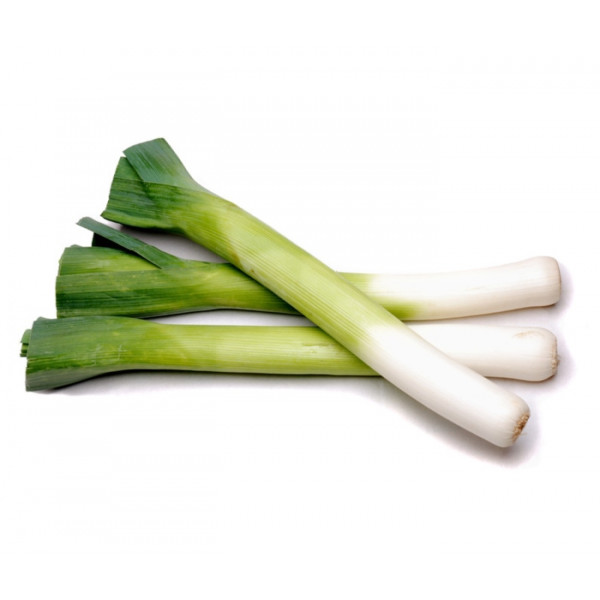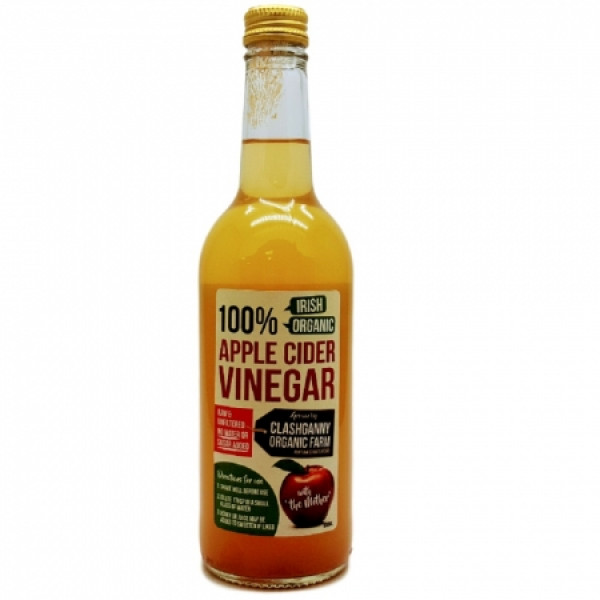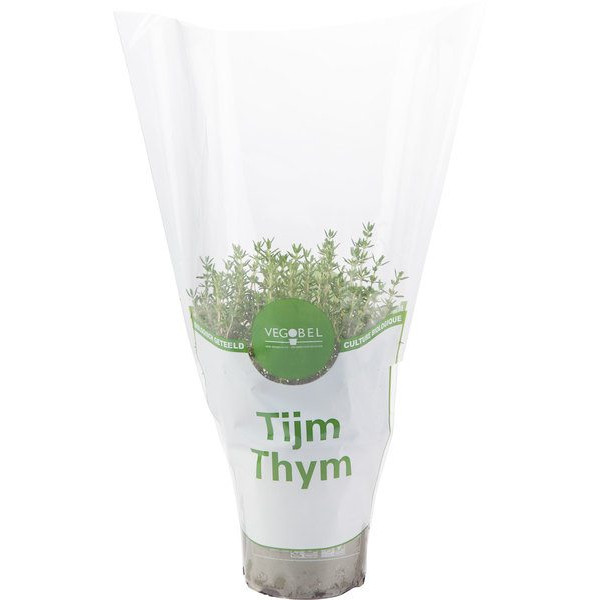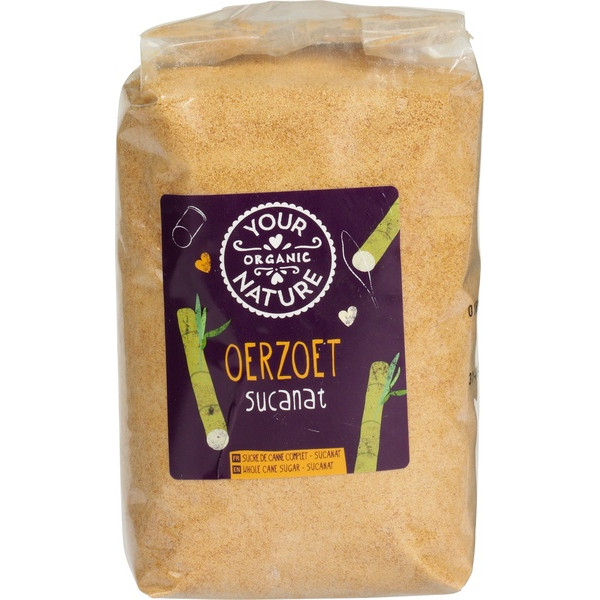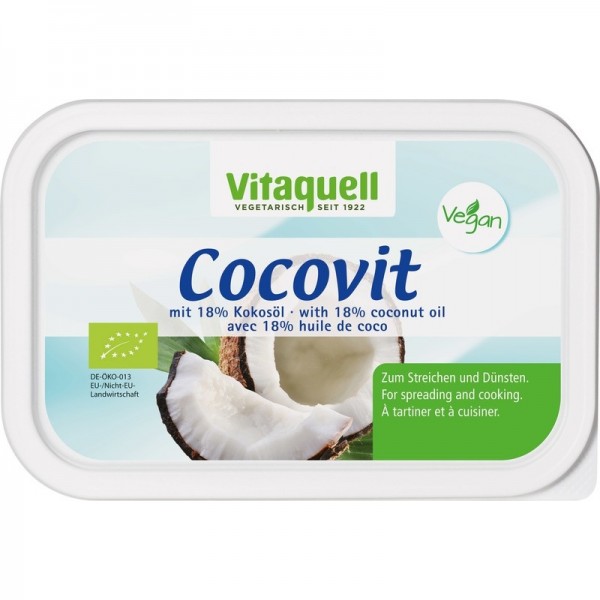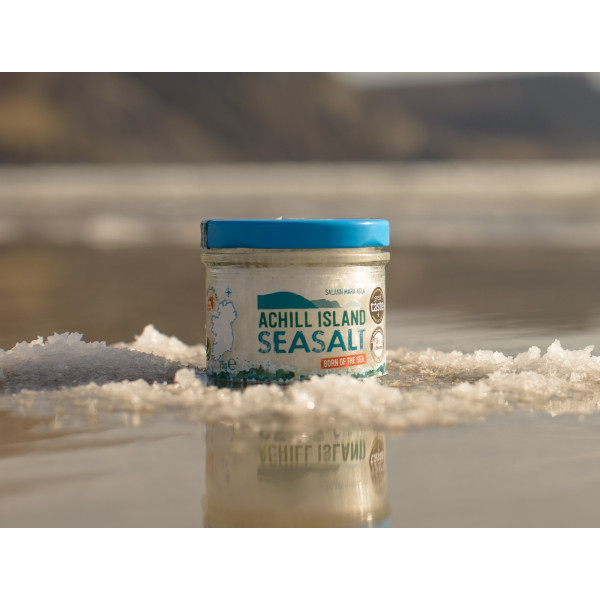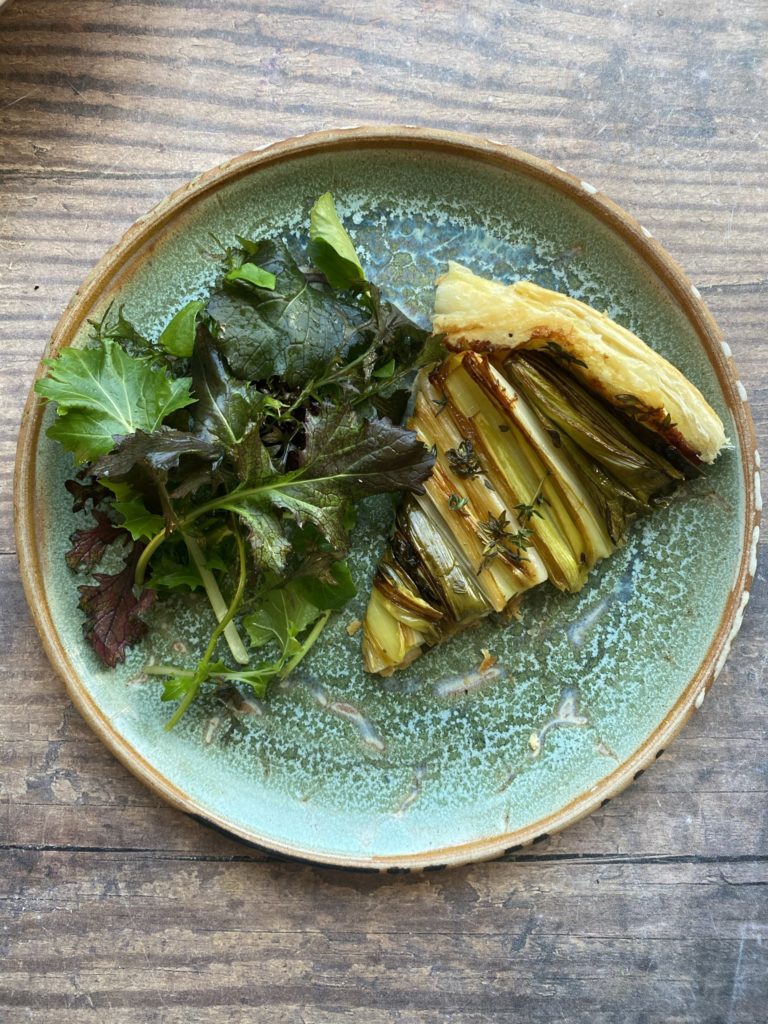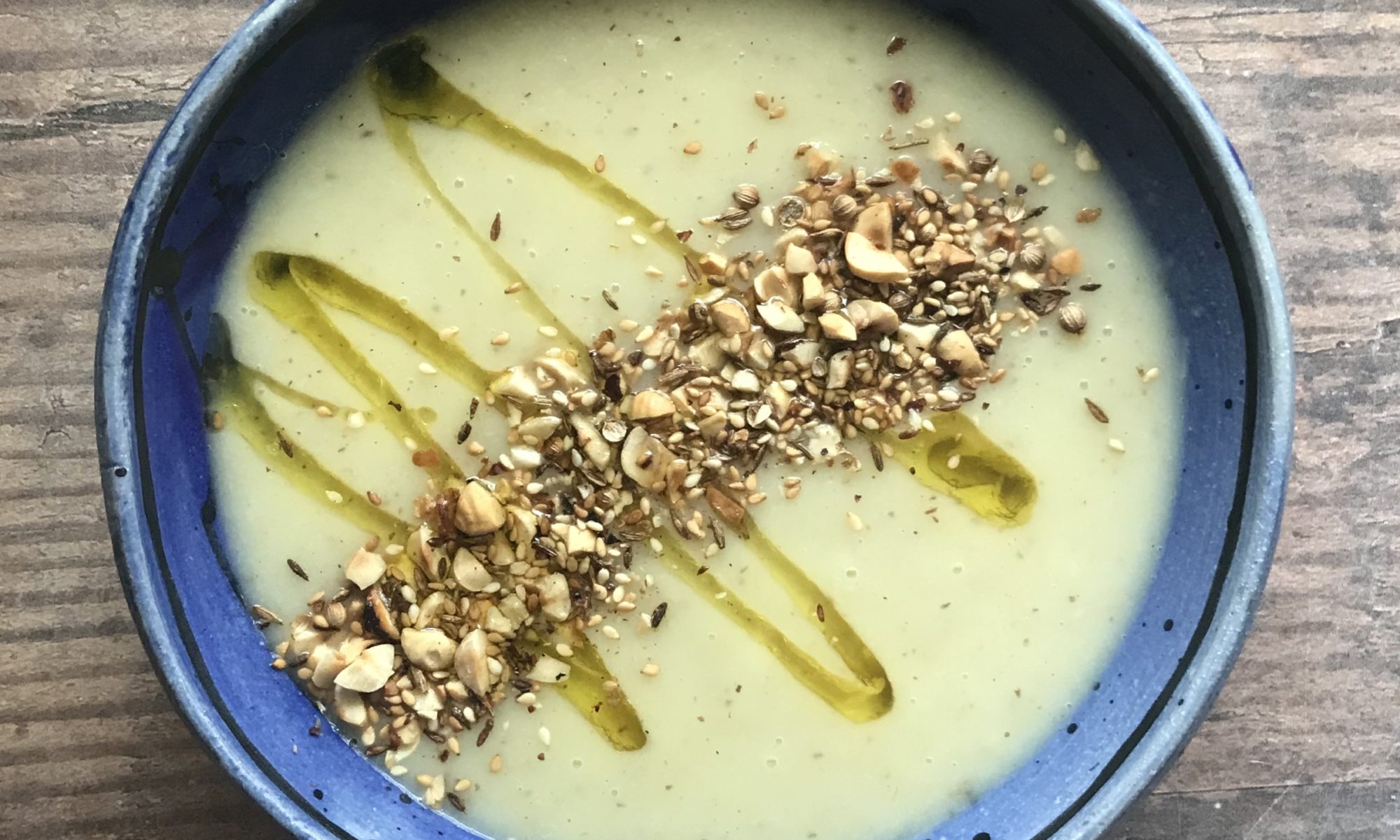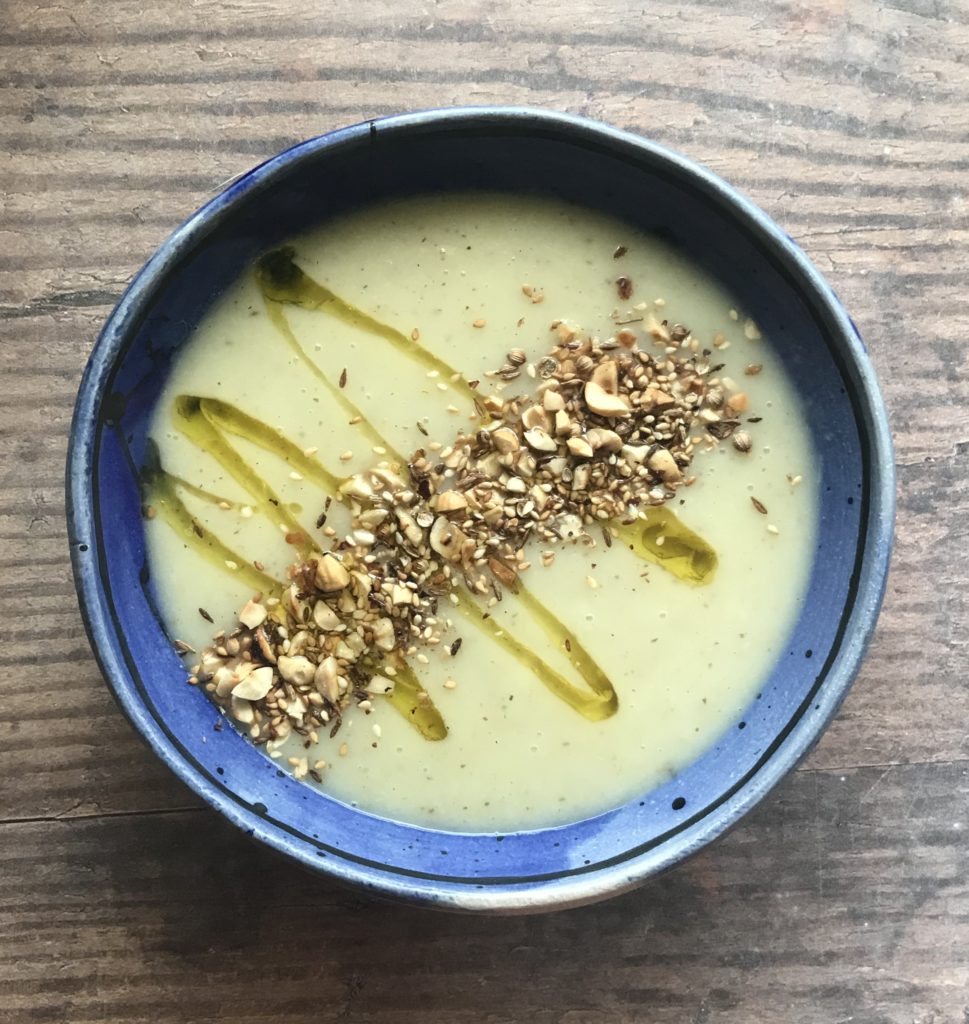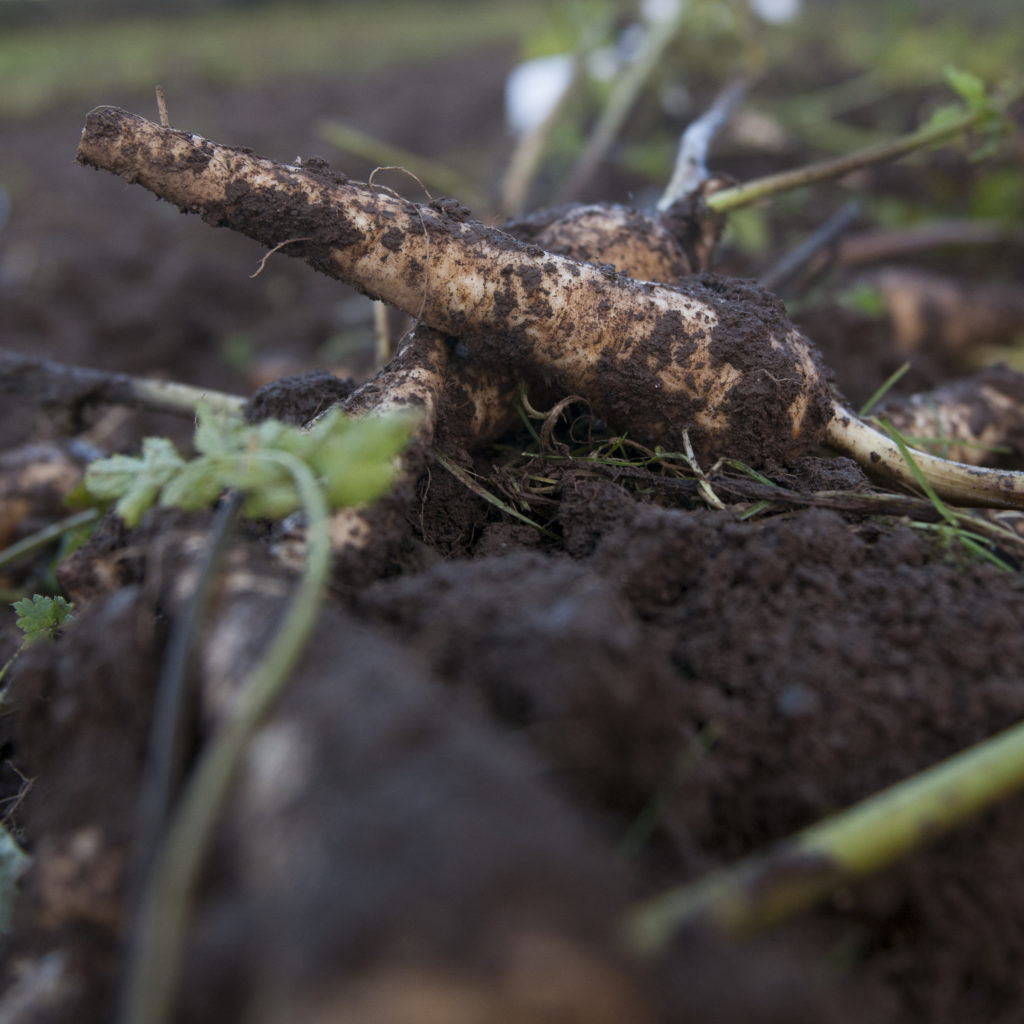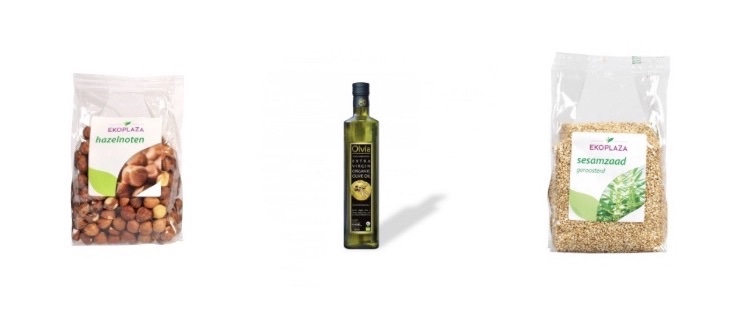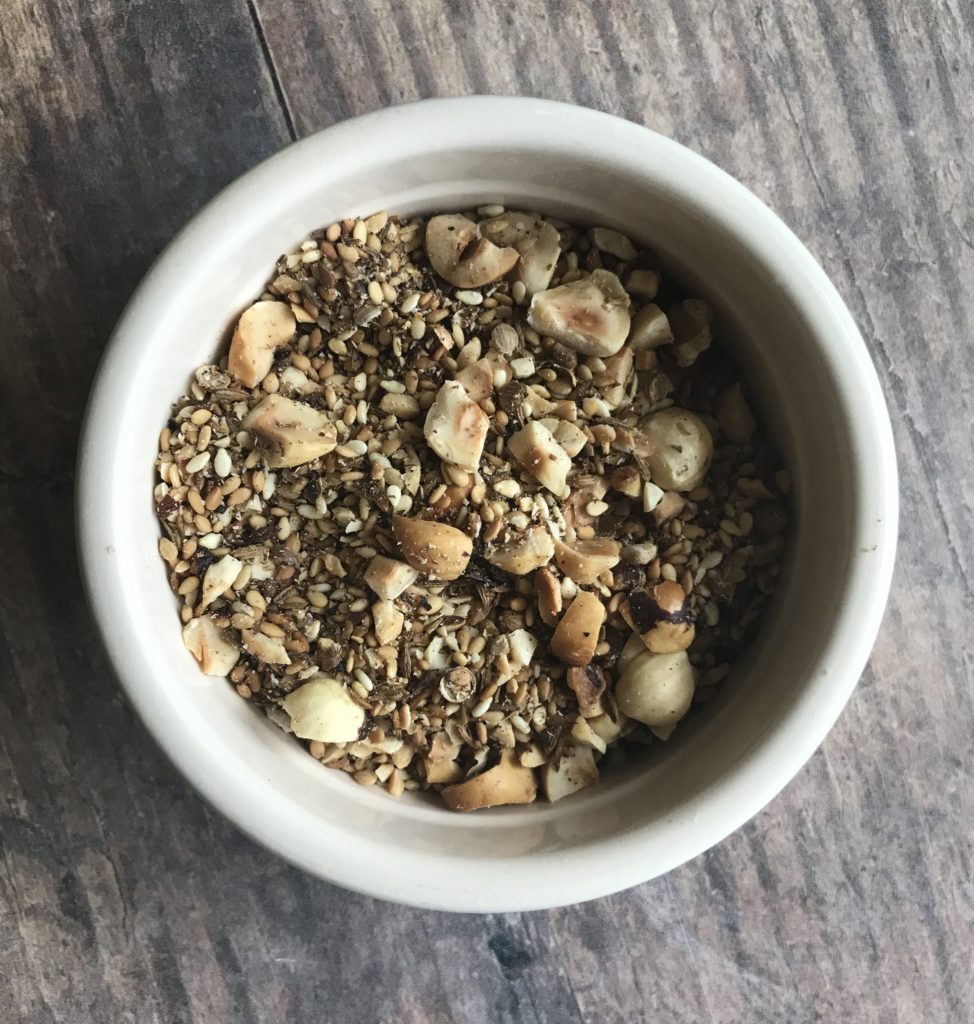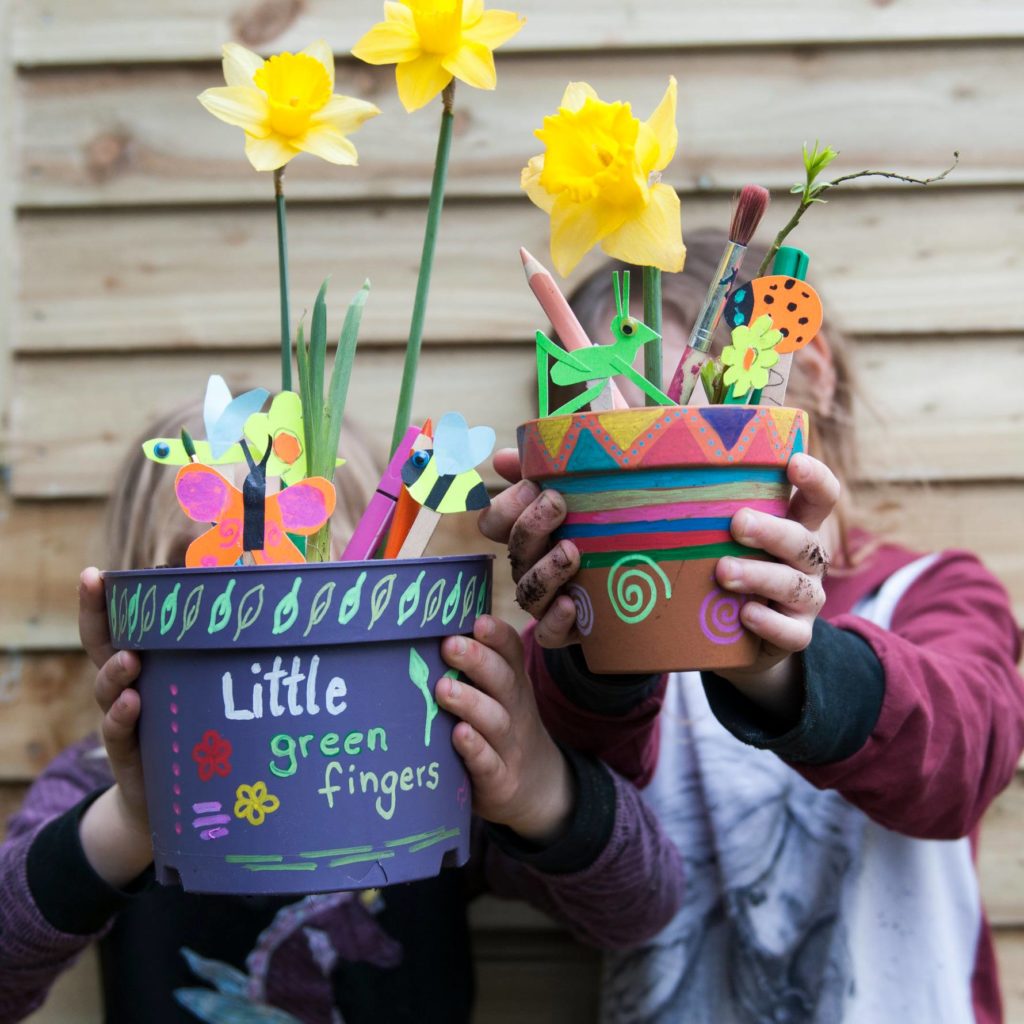
Clear your plate, finish your dinner, eat your carrots, stop playing with your food. Ever heard any of those phrases? Even more worrying, have you turned into the person who uses those phrases? I have to catch myself, I know I nearly have!
It is a tricky one though, never mind trying to tackle food waste but trying to do it with kids in the family is a double challenge.
The days of Hannah (our oldest daughter) eating raw broccoli are gone, although my sister Liz can get Joe my youngest to eat things at her house he point blank refuses at ours! Short of sending him there for dinner every evening we will need to come up with a better plan.
As a child I used to go picking mushrooms, there was nothing so magical as finding these beautiful white orbs in the fields that literally appeared overnight. The taste was amazing and it still stays with me. I was also fortunate as a kid to watch my grandad and dad grow vegetables in the garden; pulling fresh carrots, picking apples and eating peas from the pods are etched in my memory.
I think these experiences as a young child must have had a bearing on my taste for vegetables, my eating habits, and my appreciation of nature today. I realise not all are so fortunate and times have changed. Even with an organic farm at our disposal it’s difficult to get our kids excited about veggies. But what if we could make vegetables and growing a little bit more accessible and fun? What if we could get kids excited about nature through touching the soil, through art, and through their innate love of living things? Then maybe we could get them amongst other things to eat more vegetables.
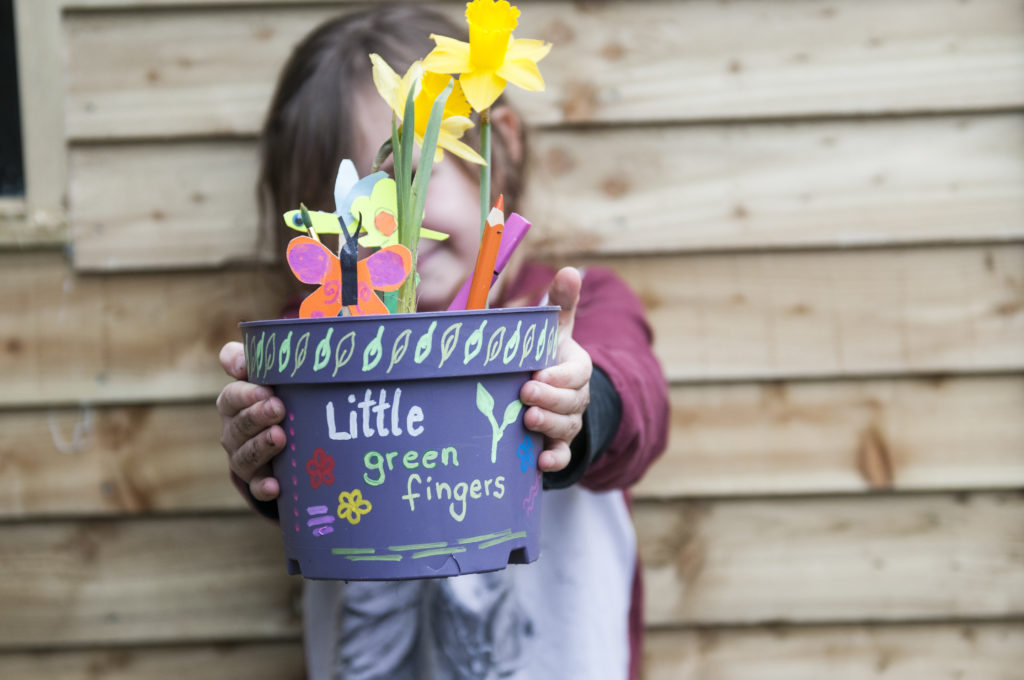
While this was not at all the primary reason that Jenny created ‘Little Green Fingers’, a new online practical course, it may well be a side effect! ‘Little Green Fingers’ is an interactive, get your hands dirty course. You and your children will plant seeds under my guidance from our polytunnels, and you will get to do fun and creative art, all with the theme of appreciating nature, with Jenny.
There are limited numbers so if you are interested in learning more click here to chose from three options:
- Part 1 is the first four weeks of the course
- Part 2 is the second four weeks of the course
- and Part 1&2 is the whole course
The first session starts on Saturday 17th April. We are looking forward to seeing many of you there!
As always, thank you so much for your support and as we kick off a new growing season, we hope you will stay with us, and keep going with the healthy habits you have developed over the last few months.
Kenneth
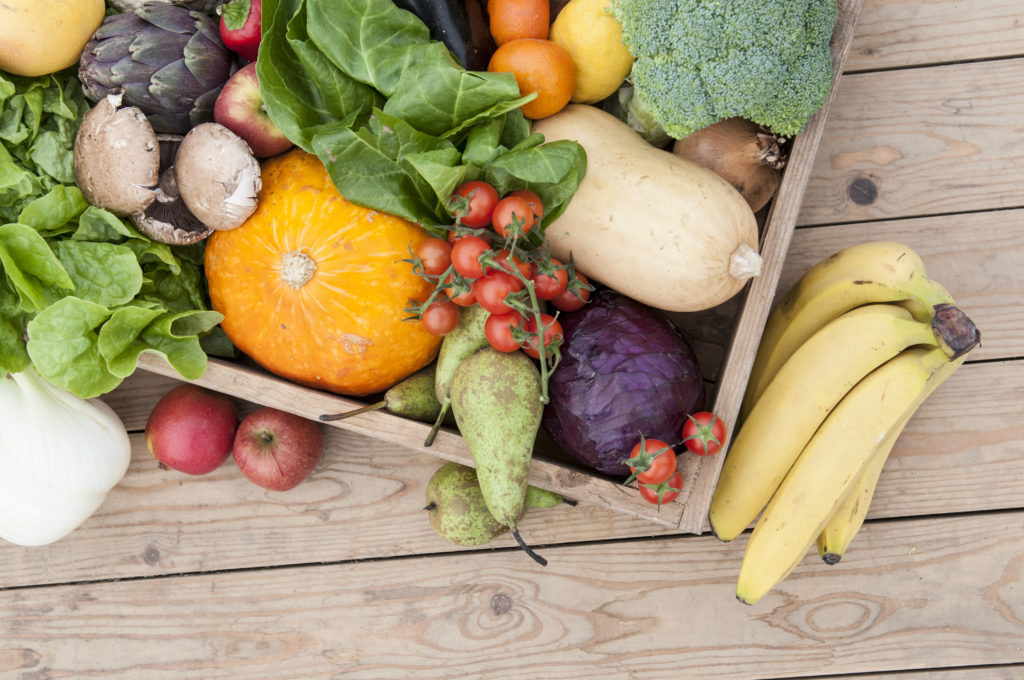
PS: All deliveries next week over €100 will have FREE delivery! We have a full range of organic groceries, it has never been a better time to stock up.
PPS: We will be donating 1% of all sales next week to the IRISH Cancer Society.

